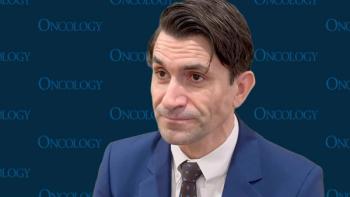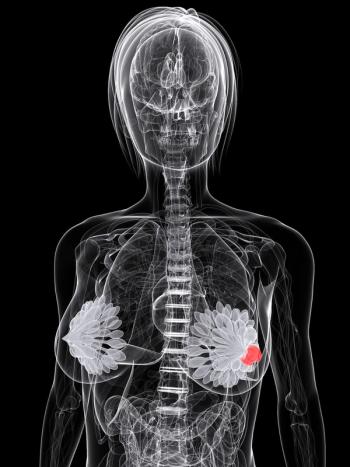
Oncology NEWS International
- Oncology NEWS International Vol 11 No 1
- Volume 11
- Issue 1
HIV Postexposure Prophylaxis Guidelines
ATLANTA-Health care personnel exposed to HIV should be evaluated within hours (rather than days) after their exposure and should be tested for HIV at baseline (ie, to establish infection status at the time of exposure), according to the latest HIV postexposure prophylaxis (PEP) guidelines from the US Public Health Service [MMWR 50:(RR11):1-42, 2001].
ATLANTAHealth care personnel exposed to HIV should be evaluated within hours (rather than days) after their exposure and should be tested for HIV at baseline (ie, to establish infection status at the time of exposure), according to the latest HIV postexposure prophylaxis (PEP) guidelines from the US Public Health Service [MMWR 50:(RR11):1-42, 2001].
Because most occupational HIV exposures do not result in the transmission of HIV, potential toxicity must be carefully considered when prescribing PEP (see Table). Health care personnel with occupational exposure to HIV should receive follow-up counseling, postexposure testing, and medical evaluation, regardless of whether they receive PEP. For management resources, see PEPline (
The basic 2-drug PEP regimens, given for 4 weeks, as recommended in the Table, are zidovudine (Retrovir)/lamivudine (Epivir) (available as Combivir); lamivudine/stavudine (Zerit); and didanosine (Videx)/stavudine.
The expanded 3-drug regimen consists of a basic regimen plus indinavir (Crixivan), nelfinavir (Viracept), efavirenz (Sustiva), or abacavir (Ziagen). Abacavir is available in combination with zidovudine and lamivudine as Trizivir.
Drugs for use as PEP with expert consultation include ritonavir (Norvir), saquinavir (Fortovase), amprenavir (Agenerase), delavirdine (Rescriptor), and lopinavir/ritonavir (Kaletra).
Articles in this issue
almost 24 years ago
ODAC Sends Mixed Message on New Gliadel Wafer Indicationalmost 24 years ago
ONCC Certification Test Results Are Announcedalmost 24 years ago
Rituximab Ups Survival in Aggressive and Indolent NHLalmost 24 years ago
Topotecan Used in Aggressive Front-Line Therapy for SCLCalmost 24 years ago
Depsipeptide Shows Activity in T-Cell Lymphomaalmost 24 years ago
FDG-PET Useful in Newly Diagnosed and Recurrent NSCLCalmost 24 years ago
Adjuvant Anastrozole Superior to Tamoxifen in Huge ATAC Breast Cancer Trialalmost 24 years ago
ODAC Backs Adding HER-2 DNA Test to Herceptin Package Insertalmost 24 years ago
FDA and VA Plan Joint AIDS Studyalmost 24 years ago
Breast Conservation Increases With On-Site Radiation UnitNewsletter
Stay up to date on recent advances in the multidisciplinary approach to cancer.
















































































